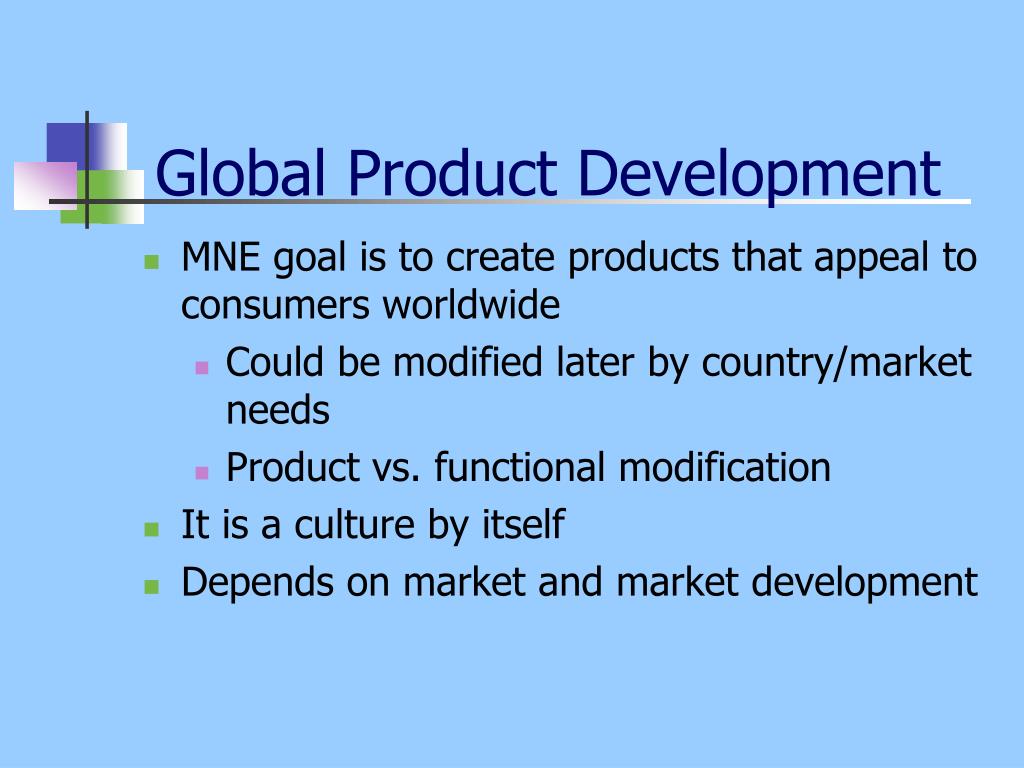Harnessing Global Movements within Product Design
In today's interconnected world, product design and manufacturing have transcended geographical boundaries, allowing businesses to utilize global resources and expertise. As organizations aim to produce creative solutions that meet varied customer demands, capitalizing on global trends is crucial. This strategy not only boosts innovation but also provides access to leading-edge technologies and resources that can significantly improve the effectiveness and quality of goods.
Welcoming worldwide product fabrication brings several perks that can lead to a market advantage in the marketplace. By collaborating with international teams, companies can gain insights into community preferences and societal contexts, resulting in creations that connect with more consumers. Furthermore, the option to manufacture across different locations can lower costs and shorten time to market, ensuring organizations remain agile in a dynamic market. At the end of the day, grasping and employing global trends in product development is key to driving innovation and achieving sustainable growth.
Comprehending Global Economic Trends
In the current linked world, understanding international industry trends is essential for effective goods creation and production. Firms are no more confined by geographic limits; alternatively, they can utilize different markets worldwide and exploit varied consumer tastes. This global reach allows organizations to produce products that align with local traditions while also meeting global standards, enhancing both industry appeal and market position.
Furthermore, global product creation facilitates the investigation of innovative substances and tech that may not be available in local markets. By partnering with producers and developers across different areas, organizations can innovate more efficiently, leading to the production of distinct items that set themselves apart in competitive sectors. This exchange of concepts fosters innovation and extends the boundaries of the possibilities in product development.
In conclusion, comprehending worldwide economic forces aids in mitigating risks. By expanding manufacturing locations, companies can alleviate the impact of area market changes or supply chain disruptions. This adaptability not only provides steady manufacturing but also allows organizations to adapt rapidly to evolving economic requirements, ultimately leading to enduring development in a fierce landscape.
Innovative Approaches to Product Development
As businesses look to thrive in an increasingly interconnected world, innovative approaches to design have become essential. manufacturers outside of china are now leveraging digital tools and cultural insights from different regions to create products that appeal on a international scale. This not only improves the design appeal of products but also guarantees functionality that meets multiple market needs. By tapping into the imagination and user experiences from different cultures, brands can offer products that tell a story and connect more deeply with consumers.
Partnership across countries is sparking a new wave of creativity in product design. Cross-cultural teams bring together a abundance of perspectives, expertise, and methods that can lead to innovative solutions. For example, incorporating green materials and practices found in one area can be integrated with cutting-edge technology from another, resulting in products that are not only original but also eco-friendly. This fusion of ideas ultimately improves the competitive edge of global item manufacturing.
Moreover, tailoring designs to meet local demands while maintaining a consistent global brand identity is a juggling act that many firms are navigating. By conducting thorough market analysis and engaging with local groups, businesses can create products that feel authentic and tailored to particular demographics. This region-specific approach ensures that products are not just copies of a single concept but are made with sensitivity to the cultural details and needs of their target audience around the globe.
Sustainability in Product Development
Eco-friendliness is becoming a crucial aspect in the design of products, guiding companies toward more responsible practices in global product manufacturing. By adopting sustainable methods, businesses can minimize their environmental footprint while also attracting a growing base of eco-conscious consumers. This transition not only helps protect the environment but also fosters innovation as designers explore new materials and processes that minimize waste and energy use.

Incorporating sustainability throughout the product development cycle can lead to improved efficiency and reduced costs. For instance, using renewable materials and optimizing supply chains can lessen reliance on non-sustainable resources. By collaborating with manufacturers who focus on eco-friendly practices, companies can achieve significant savings and enhance their brand reputation. This not only attracts customers but also promotes a environment of sustainability within the company.
Furthermore, embracing sustainable practices in global product manufacturing allows firms to meet legal standards and investor expectations regarding their effect on the environment. As authorities worldwide implement tighter eco-friendly regulations, organizations that proactively adapt will find themselves at a competitive advantage. By positioning their products as eco-friendly and socially responsible, companies can also create dedicated customer bases that value ethical considerations in their buying choices.